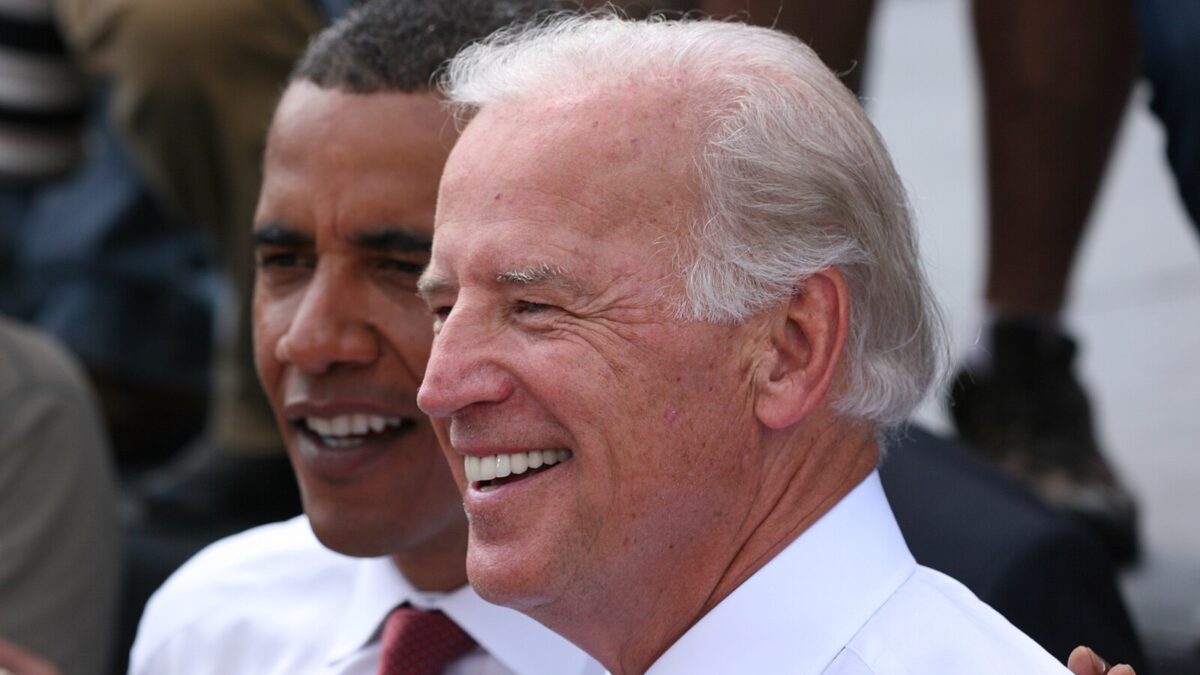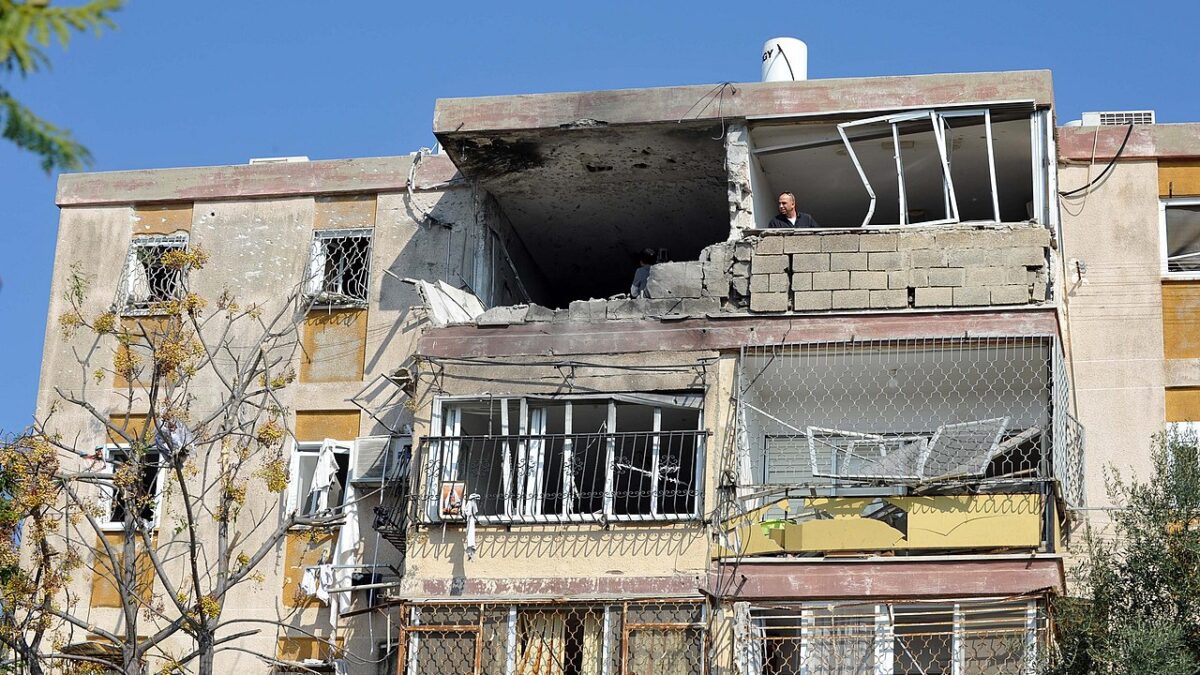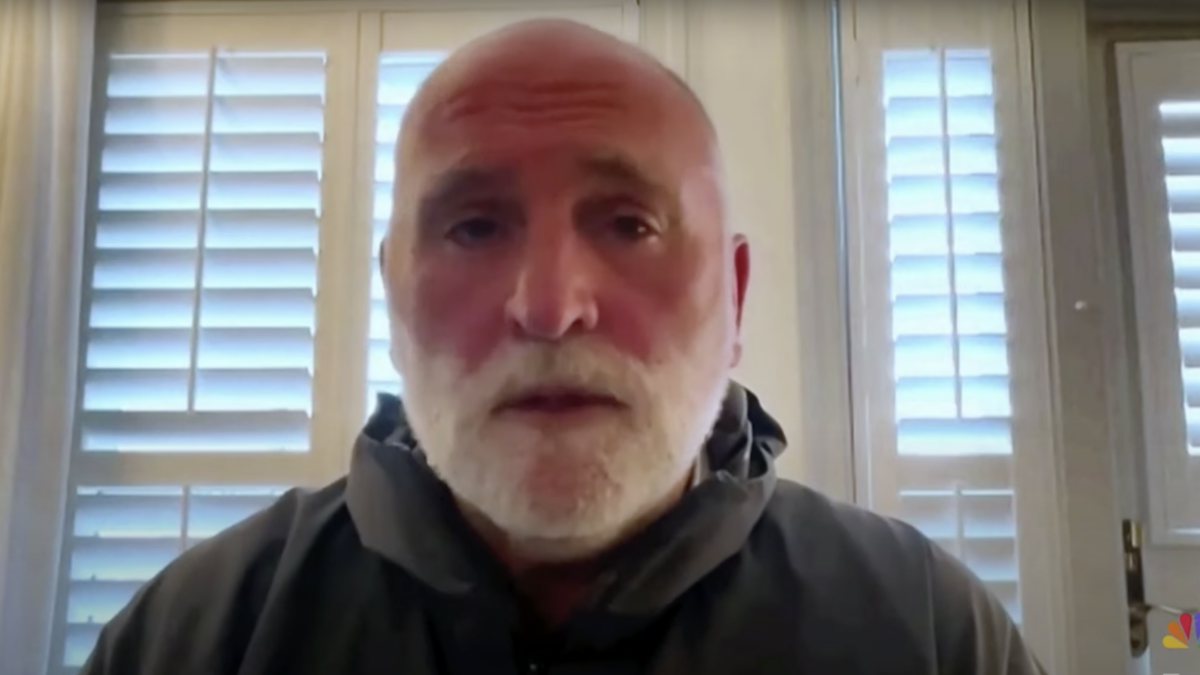
The United States has launched air strikes against the Syrian regime, but do we have a strategy for Syria yet? Judging from the past few days, we have too many.
Launching a couple dozen missiles to blow up a runway at an airbase controlled by the regime may or may not sound impressive, but in the middle of a war that has been going on for six years, laying waste to whole cities and killing hundreds of thousands of people, it’s pretty irrelevant—unless it is part of a larger American strategy for Syria. So what is that strategy? What are our leaders telling us about it?
Well, they’re telling us a lot of different things.
But first a little primer on what I mean by “strategy,” because Americans aren’t used to thinking about foreign policy much at all, much less in strategic terms. So you hear a lot of confusion on this issue, particularly from those who are predisposed to support the current president. What I’ve heard from some Donald Trump supporters—those who aren’t feeling betrayed because Trump turned against Mother Russia—is that of course we don’t know what the strategy is, because our leaders shouldn’t be telling anyone. The strategy is supposed to be known only by the generals and not revealed to the public.
In other news, I hear Richard Nixon has a secret plan to win the war in Vietnam.
These people are confusing strategy with tactics. On the tactical level, there’s no need to tell the enemy exactly when we will strike and where. But our strategy defines our goals on a much more general level. It refers to the overall goal of the mission and the overall means we have available to achieve it. Those are precisely the issues the American people need to hear about when the president asks them to commit our nation’s troops and its credibility to a new conflict.
Specifically, we need answers to three questions. (Sean Davis posed 14, which perhaps suits the biases of the anti-interventionists, since it makes the endeavor look hopelessly complicated. But those 14 questions are all just variations on my three.) First, we need to know what vital national interest requires the intervention. Second, we need to know what our strategic goal is, what end state we are trying to achieve. Third, we need to know in general terms what military and diplomatic means we’re going to use to achieve that strategic goal, if it is even possible.
So what is the Trump administration’s saying in response to these questions? The answer is multiple-choice, depending on which member of the Trump administration you’re listening to.
a) The Obama-Plus Strategy
The policy Trump has announced so far can be called Obama-Plus.
In his announcement to the public on Thursday night, the only rationale President Trump gave for American action was: “It is in the vital national security interest of the United States to prevent and deter the spread and use of deadly chemical weapons.” So basically, we’re just there to enforce the Chemical Weapons Convention. No, really. Trump even mentions it by name. We don’t want to depose Bashar Assad, and we don’t really care if he continues slaughtering his people in horrible ways, so long as he doesn’t gas them again. Hence the means Trump chose: “a targeted military strike on the airfield in Syria from which the chemical attack was launched.” It’s a small, mostly symbolic punishment meant deter a specific behavior.
To be sure, Trump ends his address by talking about “end[ing] the slaughter and bloodshed in Syria” and opposing terrorism, but those are aspirations for what “all civilized nations” should “seek” to do. They’re not presented as the strategic goal of our own specific action.
That message was reinforced Sunday by Secretary of State Rex Tillerson.
GEORGE STEPHANOPOULOS: But you accept that right now, the Syrian people have no way to remove Assad. That’s going to take greater pressure from the United States, from the international coalition, perhaps military pressure.
TILLERSON: Well ultimately it could, George, but we’ve seen what that looks like when you undertake a violent regime change in Libya and the situation in Libya continues to be very chaotic and I would argue that the life of the Libyan people has—is not all that well off today, so I think we have to learn the lessons of the past and learn the lessons of what went wrong in Libya when you choose that pathway of regime change. So we know this is going to be hard work, but we think it’s also a process that will lead to a durable and lasting stability inside of Syria. Any time you go in and have a violent change at the top, it is very difficult to create the conditions for stability longer term.
This is not as compelling an example as Tillerson seems to think, because as bad as Libya is, it’s less of a disaster—both for its own people and for our interests—than Syria. The same applies even more to that other conspicuous example of regime change, Iraq. It would be huge progress if we were only screwing up in Syria as much of we’re screwing up everywhere else.
But Tillerson continues:
STEPHANOPOULOS: So it sounds like from what you’re saying right now, there is no real change in the United States’ military stance towards Syria from what it was last week.
TILLERSON: That’s correct, George. This strike—I think the president was very clear in his message to the American people that this strike was related solely to the most recent horrific use of chemical weapons against women, children, and as the president said, even small babies, so the strike was a message to Bashar al-Assad that your multiple violations of your agreements at the UN, your agreements under the chemical weapons charter back in 2013 that those would not go without a response in the future and we are asking Russia to fulfill its commitment and we’re asking and calling on Bashar al-Assad to cease the use of these weapons. Other than that, there is no change to our military posture.
It’s not just that this no change from Trump’s previous policy. It’s not much different from what President Obama announced way back in 2013: the use of chemical weapons as a “red line,” followed by the proverbial pinprick strikes to punish the regime if it crosses that line. What makes this “Obama-Plus” is that Trump followed through on it with at least one real action, as opposed to setting a “red line,” then ignoring it and farming out the problem to Assad’s Russian ally.
But if Trump ends here—bombing an airstrip and saying, “Now, don’t do it again”—then it won’t be much of a plus over Obama.
b) The Two Front Strategy
If you listen to our UN Ambassador Nikki Haley, you get a different version: that America definitely wants Assad out. Describing the end goal, she said, “in no way do we look at peace happening in that area with Iranian influence. In no way do we see peace in that area with Russia covering up for Assad. In no way do we see peace in that area with Assad as the head of the Syrian government.”
She expanded on that in this exchange:
CHUCK TODD: And final question, what is now the priority in Syria: Assad’s removal or defeating ISIS? Before, the emphasis was on defeating ISIS. Then, we’ll deal with Assad. Has that changed?
HALEY: Well, I think what you have to understand is we can have multiple priorities. So you know, of course, it’s to defeat ISIS. I mean, that, we’ve got to do that for peace and stability in the area. It’s also to get out the Iranian influence, which we think is causing so much friction and worse issues in the area. And then we’ve got to go and make sure that we actually see a leader that will protect his people. And clearly, Assad is not that person.
So this implies what I’ve been arguing: that this is a two-front war in which both ISIS and Assad are enemies who need to be defeated. And it’s hard to see us defeating ISIS without defeating Assad. The person who makes this case best is Sen. Marco Rubio.
“There is no such thing as ‘Assad, yes,’ but ‘ISIS, no,'” Rubio said. “This focus that you can defeat ISIS as long as Assad is there is not true. They are two sides of the same coin.”
The senator continued: “As long as Bashar al-Assad is in power in Syria, you will have a reason for people to be radicalized in Syria and that’s what’s going to happen…. You cannot have a stable Syria without jihadist elements on the ground as long as Bashar al-Assad is in power.”
It is no coincidence that Rubio would be the one to articulate this, because in an alternate universe, that is precisely the strategy President Rubio and Vice-President Haley have already adopted.
c) The ISIS-First Strategy
So how do you square the circle between these two different strategies? National Security Adviser H.R. McMaster gave it a try.
MCMASTER: What Ambassador Haley pointed out is it’s very difficult to understand how a political solution could result from the continuation of the Assad regime. Now, we are not saying that we are the ones who are going to affect that change….
CHRIS WALLACE: Is it two separate tracks at the same time or does ISIS have to happen first before we and the international community moved to depose Assad?
MCMASTER: Well, I think as you saw with the strike, that there has to be a degree of simultaneous activity as well as sequencing of the defeat of ISIS first. What you have in Syria is a very destructive cycle of violence perpetuated by ISIS, obviously, but also by this regime and their Iranian and Russian sponsors. And so, what we have to be able to do is to work together with our allies and partners to help resolve this conflict and the resolution of the conflict will tell each of the elements that you are talking about, Chris, the defeat of ISIS, and then also, it has to be a significant change in the nature of the Assad regime and its behavior in particular.
I feel a little bad for McMaster here, because it’s clear that he knows Haley and Rubio are basically right. McMaster understands strategy at a very deep level. Read his terrific analysis of where the US went wrong early in the war in Iraq. It shows his ability to integrate the military, diplomatic, and “human” aspects of war—precisely the skills necessary for the national security advisor, whose job is to help the president put together the big picture and think strategically. His selection was one of the administration’s better personnel choices, even if McMaster wasn’t exactly their first choice.
But this also shows the limits of having good personnel at levels below the commander in chief. McMaster knows it’s a two-front war, but he has to harmonize his views with the reluctance of the man higher up the chain of command. So he comes up with the ISIS-first strategy. Or the we’re-kind-of-doing-things-simultaneously-but-yeah-sure-ISIS-first strategy.
I’ve already indicated my answer on what America’s strategy should be, and I fall into the camp of the Two Front Strategy. If the administration’s Syria strategy is multiple-choice, I pick that one. But Donald Trump is the decider, and we’re still waiting to see exactly what he will decide.
Our vital national interest is not just to stop Assad from gassing people. It is to stop Syria from being what it is right now: a training ground and base of operation for terrorists intent on striking against the West. This is Afghanistan in the 1990s all over again, with ISIS in place of al-Qaeda—only bigger and worse.
That we have sat back and done practically nothing before now is inexcusable. That we’re still dithering about what our interests are and haven’t quite settled on a single strategy isn’t a whole lot better.
Follow Robert on Twitter.









